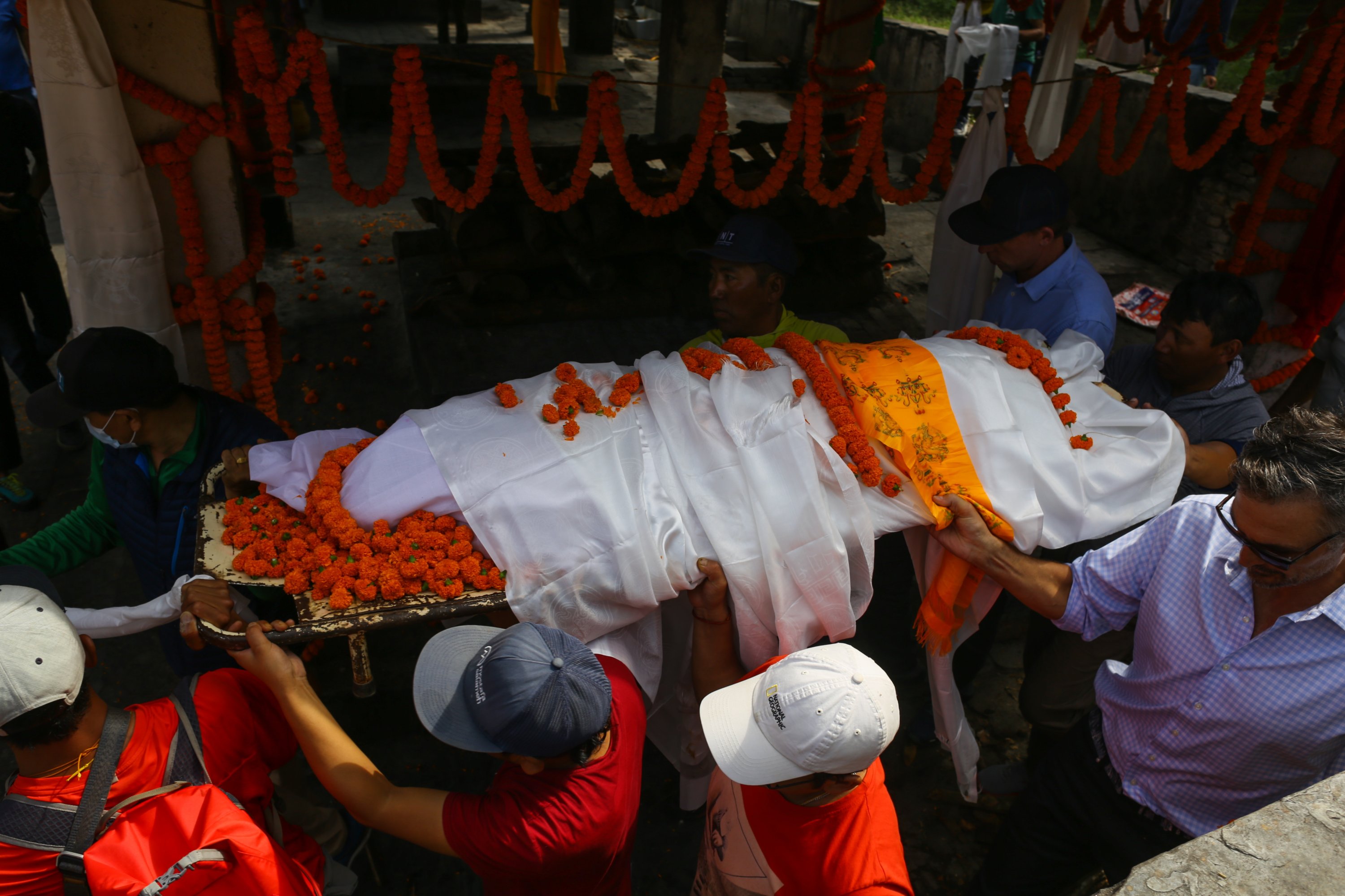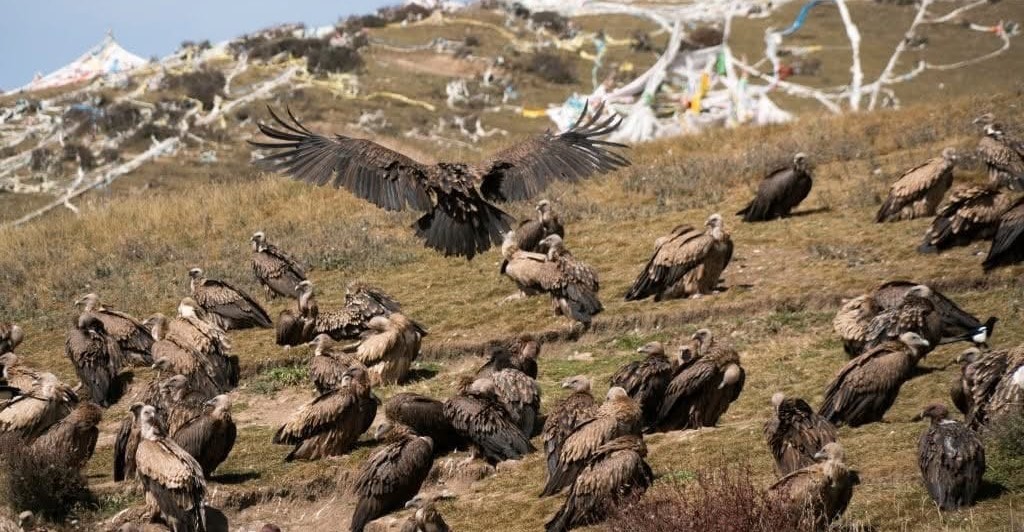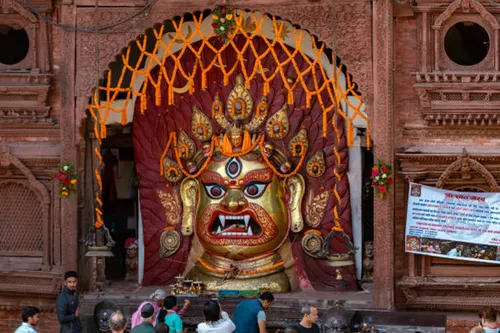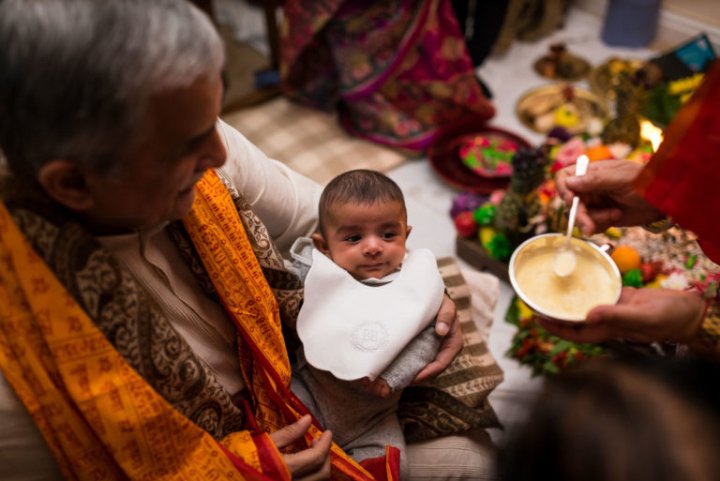Share this Article
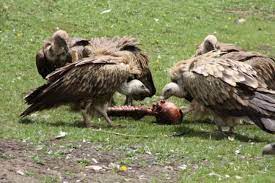
Everyone, at some point, has to face the reality of mortality. All living beings eventually pass away, and while this is a natural part of life, accepting it can be difficult. Losing a loved one or a cherished pet can be heartbreaking, making it hard to move forward.
People from different cultures experience death, but the ways they mourn and honor the deceased vary greatly. Funeral customs are often influenced by religious beliefs, traditions, or family practices. Some families choose to follow their cultural rituals, while others mix traditions or create their own ways to remember and celebrate life.
Regardless of the customs followed, funeral rites help families cope with loss, offering comfort and a way to find meaning and healing in their grief. Among the many types of death ceremonies, one particularly unique tradition is the Tibetan sky burial. This ancient practice follows an uncommon yet deeply symbolic process. Let’s explore this fascinating burial tradition in Nepal.
Sky Burial: A Sacred Farewell in Tibetan Buddhism
Sky burial, also known as Jhator (meaning "giving alms to the birds"), is a unique and deeply spiritual funeral practice followed by Tibetan Buddhists. Unlike the cremation rituals observed in Hinduism and other Buddhist traditions, sky burial involves offering the deceased’s body to vultures. This practice is based on profound religious and environmental principles and is widely performed in Tibet and Nepal’s trans-Himalayan regions, including Dolpa, Mustang, Humla, Jumla, and Manang.
The Meaning and Spiritual Significance of Sky Burial
In Tibetan Buddhism, death is not considered the end of existence but rather a transition into the next life. According to Buddhist beliefs, the body is merely a temporary vessel for the soul, and once a person passes away, the soul leaves the body to continue its journey in the cycle of samsara (rebirth). Since the physical body is no longer needed, it is returned to nature in the most selfless and meaningful way—by feeding vultures.
This practice is deeply rooted in the Buddhist principle of compassion and generosity. Sky burial is seen as the deceased’s final act of charity, where they nourish another living being and help sustain the cycle of life. It also reflects impermanence (Anicca), a core Buddhist teaching that emphasizes the transient nature of life and the importance of detachment from material existence.
One of the inspirations behind this practice comes from an old Buddhist story about Buddha Shakyamuni’s past life. According to legend, the Buddha, in one of his previous incarnations, sacrificed himself to feed a starving tigress and her cubs. By offering his body, he demonstrated ultimate compassion and selflessness. In the same way, sky burial symbolizes the deceased’s final good deed—offering their body to vultures, which are considered sacred in Tibetan culture.
How Sky Burial is Performed
The sky burial ritual is conducted by specialized monks or rogyapas ("body-breakers") who prepare the body and oversee the ceremony. The process follows a structured and deeply symbolic sequence:
1. Spiritual Preparations Before Death
Before a person passes away, monks often chant Buddhist scriptures, such as the Tibetan Book of the Dead (Bardo Thodol), to guide the soul toward enlightenment.
Once the person has passed, their body is kept in a sitting posture for a day or two while prayers and mantras are recited. This is believed to help the soul detach from the physical body peacefully.
2. Selection of the Sky Burial Site
Sky burials typically take place at designated sites in the mountains, away from villages. These locations are carefully chosen to be open and accessible to vultures.
In Nepal, regions such as Upper Mustang and Dolpa have traditional sky burial sites used for generations.
3. The Offering of the Body to Vultures
The body is carried to the burial site, where monks or ritual specialists cut it into pieces to make it easier for vultures to consume.
The bones are sometimes crushed and mixed with barley flour and yak butter to ensure that every part of the body is consumed.
The vultures, known as “Dakinis” (sky dancers), are considered sacred beings that carry the soul to the heavens.
4. Completion of the Ritual
Once the vultures have finished eating, it is believed that the soul has been successfully transferred to the afterlife.
Monks perform final prayers, and the remaining bones, if any, are ground into dust and spread across the mountains, symbolizing the body's return to nature.
Why Sky Burial is Practiced in Nepal’s Trans-Himalayan Region
Sky burial is particularly common in the high-altitude regions of Nepal for practical, religious, and environmental reasons:
1. Harsh Geographic and Climatic Conditions
The Himalayan region has rocky, frozen terrain, making traditional burials difficult. Digging graves in such conditions is nearly impossible, especially during winter.
Firewood for cremation is scarce and expensive in high-altitude areas, making sky burial a more practical option.
2. Deep Religious and Cultural Beliefs
Tibetan Buddhists in Nepal view death as a natural part of life and believe that giving the body back to nature is an honorable and compassionate act.
They also see vultures as divine messengers who transport the soul to the heavens, ensuring a smooth transition into the afterlife.
3. Environmental and Ecological Benefits
Sky burial is eco-friendly, as it does not involve burning wood (which contributes to deforestation and air pollution) or occupying land for burial.
The ritual aligns with Buddhist values of non-attachment and living in harmony with nature.
The Symbolism of Sky Burial
Sky burial is more than just a method of disposing of the dead—it represents a philosophy of life. It embodies:
Compassion – The act of giving one’s body to another living creature reflects ultimate generosity.
Impermanence – It reinforces the idea that life is temporary, and clinging to the physical body is unnecessary.
Spiritual Liberation – The body is simply a vessel, and once the soul departs, it must be allowed to move on freely.
Respect for Nature – Instead of harming the environment, sky burial provides sustenance to another life form, maintaining the balance of nature.
Modern Challenges and Changing Attitudes
Although sky burial is still practiced in remote Himalayan regions, modernization and changing beliefs are slowly influencing funeral traditions. Some younger generations are opting for cremation or other burial methods due to urbanization and external influences. However, for many Tibetans and trans-Himalayan communities, sky burial remains a deeply sacred and respected tradition.
In recent years, sky burial has gained global attention, sparking debates both for and against the practice. Supporters argue that it has environmental benefits, as it eliminates the need for costly burial grounds and coffins. It is also considered a natural way to return nutrients from the body to the earth. For small mountain communities with limited wood resources and burial space, sky burial is a practical and sustainable solution.
On a spiritual level, many believe this practice allows people to reconnect with nature and respect the cycle of life. It is seen as a sacred farewell, deeply tied to religious and cultural traditions. However, despite its long history, sky burial has become controversial in recent times.
One concern is that more people are choosing sky burial to avoid expensive funeral costs, leading to overcrowding in high-altitude burial sites and potential environmental hazards. Additionally, animal rights activists argue that the practice harms local bird populations by disrupting their natural diet.
As Nepal and Tibet continue to evolve, efforts are being made to preserve and respect traditional burial practices while also adapting to modern needs. Some areas have established protected sky burial sites, ensuring that this ancient custom continues to be honored in its original form.
Conclusion
Sky burial is far more than just an alternative method of body disposal—it is a deeply symbolic and spiritual practice that reflects the beliefs, values, and way of life of the communities that observe it. Rooted in Buddhist principles, particularly those emphasizing impermanence and the cycle of rebirth, sky burial serves as a sacred ritual that allows the deceased to complete their earthly journey while providing nourishment to other living beings. By offering the body to vultures, practitioners embody the concept of selflessness, reinforcing the idea that death is not an end but a transition into a new existence.
For the community, sky burial fosters a sense of connection between the living and the departed, serving as a reminder of life's fleeting nature and the importance of spiritual detachment. The ritual also helps ease the grieving process, as it is seen as a meaningful way to honor the deceased while reinforcing the belief in reincarnation. Furthermore, from a practical standpoint, sky burial is well-suited to the harsh and rugged landscapes where it is performed, ensuring an efficient and ecologically sustainable way of handling death.
Ultimately, sky burial is a testament to the harmony between spiritual beliefs and practical needs, providing both the deceased and their loved ones with a way to navigate the transition from life to death with dignity, reverence, and a deep sense of interconnectedness with the natural world.
Categories:
Culture & Traditions
Tags:
MustangNepal
,
CulturalHeritage
,
SpiritualNepal
,
NepalHistory



